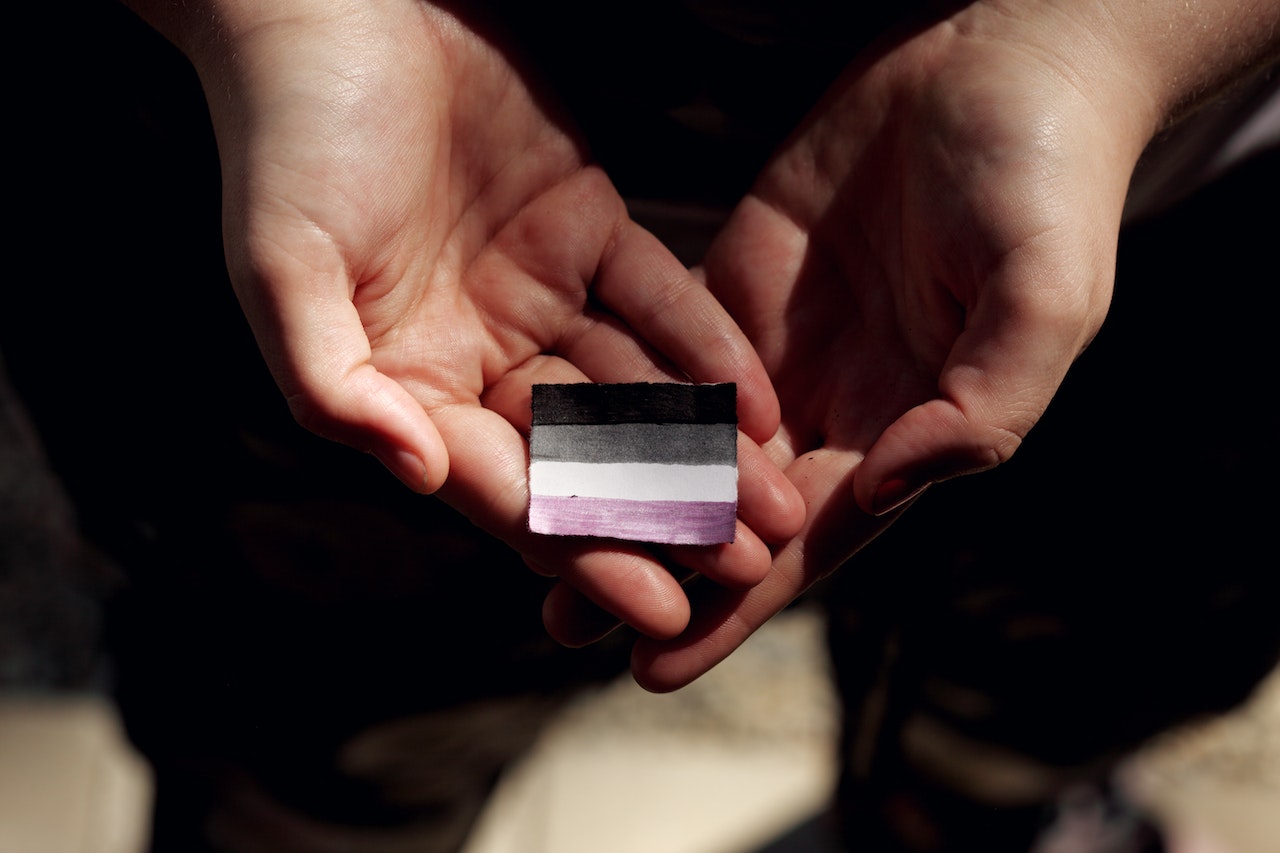Human sexuality is a complex and multifaceted phenomenon that encompasses a diverse range of emotions, attractions, and desires. Among these diverse expressions of human sexuality, is asexuality.
Asexuality, in simple terms, refers to no or a lack of sexual attraction toward others. It's important to recognize that asexuality is not a disorder or dysfunction but a natural and valid sexual orientation, reflecting the wide array of ways people experience attraction and intimacy.
Join us as we delve into the fascinating aspects of asexuality, highlighting its distinctive characteristics and dispelling common misconceptions.
A closer look at asexuality
To better appreciate the unique aspects of asexuality, it's essential to understand its core characteristics. Asexuality, as mentioned earlier, is defined by a lack of sexual attraction toward others. This absence of sexual desire should not be confused with other experiences, such as celibacy, which is a choice to abstain from sexual activity. Asexual individuals, also referred to as "ace," may still experience emotional and romantic attractions and form deep connections with others, contributing to the varied degrees of asexuality, often symbolized by the "asexual umbrella."
Debunking common misconceptions about asexuality
As a lesser-known sexual orientation, asexuality is often met with misconceptions that can lead to misunderstandings or misinterpretations. Unraveling these myths is essential for fostering an inclusive and empathetic environment:
- Asexuality is a disorder or a dysfunction: Asexuality, as a natural sexual orientation, is not a result of a psychological, hormonal, or physiological disorder. It's important to acknowledge and embrace this diversity in human sexuality.
- All asexual individuals abstain from sexual activity: Although some asexual individuals may choose not to engage in sexual activity, others may participate in sexual experiences for various reasons, including emotional bonding, curiosity, or to satisfy a partner's desires.
- Asexual individuals cannot form intimate relationships: Asexuality refers to the lack of sexual attraction, not the absence of emotional or romantic connections. Asexual individuals can and do form deep emotional bonds and engage in romantic relationships based on love, trust, and other foundations of intimacy.
By addressing these myths, we encourage deeper understanding, acceptance, and celebration of the diverse spectrum of human sexuality.
Relationship considerations for asexual individuals
Navigating relationships can often be challenging for asexual individuals and their partners, especially with the popular emphasis on sexual attraction as the cornerstone of intimacy. The following tips can help facilitate better relationship experiences for asexual individuals and their partners:
- Communication is key: As in any relationship, open and honest dialogue is essential. Ensure you share your asexual orientation and feelings with potential or existing partners to foster understanding, mutual trust, and respect.
- Set clear boundaries: Given the potential discrepancy in sexual desires or expectations in a relationship, it's vital to establish and communicate personal boundaries both in and out of the bedroom.
- Explore alternative forms of intimacy: Intimacy goes beyond sexual connections, and there are numerous ways for asexual individuals and their partners to foster emotional closeness and physical affection, such as cuddling, massages, or engaging in deep conversations.
Supporting asexual loved ones: empathy and understanding
Understanding, accepting, and loving an asexual friend, partner, or family member begins with empathy and support. These guidelines will help create an inclusive environment for asexual loved ones:
- Educate yourself: Research and learn about asexuality, and remain open to conversations with the asexual individuals in your life—listen to their experiences and perspectives.
- Acknowledge and validate their orientation: Recognize that asexuality is a legitimate and natural sexual orientation, and validate the feelings and experiences of your asexual loved ones.
- Be patient and empathetic: Understand that their personal journey and experiences may be different from yours, and strive to support them with patience, respect, and empathy.
Takeaway
Understanding asexuality allows us to appreciate the rich tapestry of human sexuality and expand our horizons toward greater inclusivity and empathy. By examining the distinctive characteristics, debunking misconceptions, and providing guidance for relationship navigation and support, we emphasize the importance of acknowledging, embracing, and celebrating the varied ways people experience attraction and intimacy.


















































